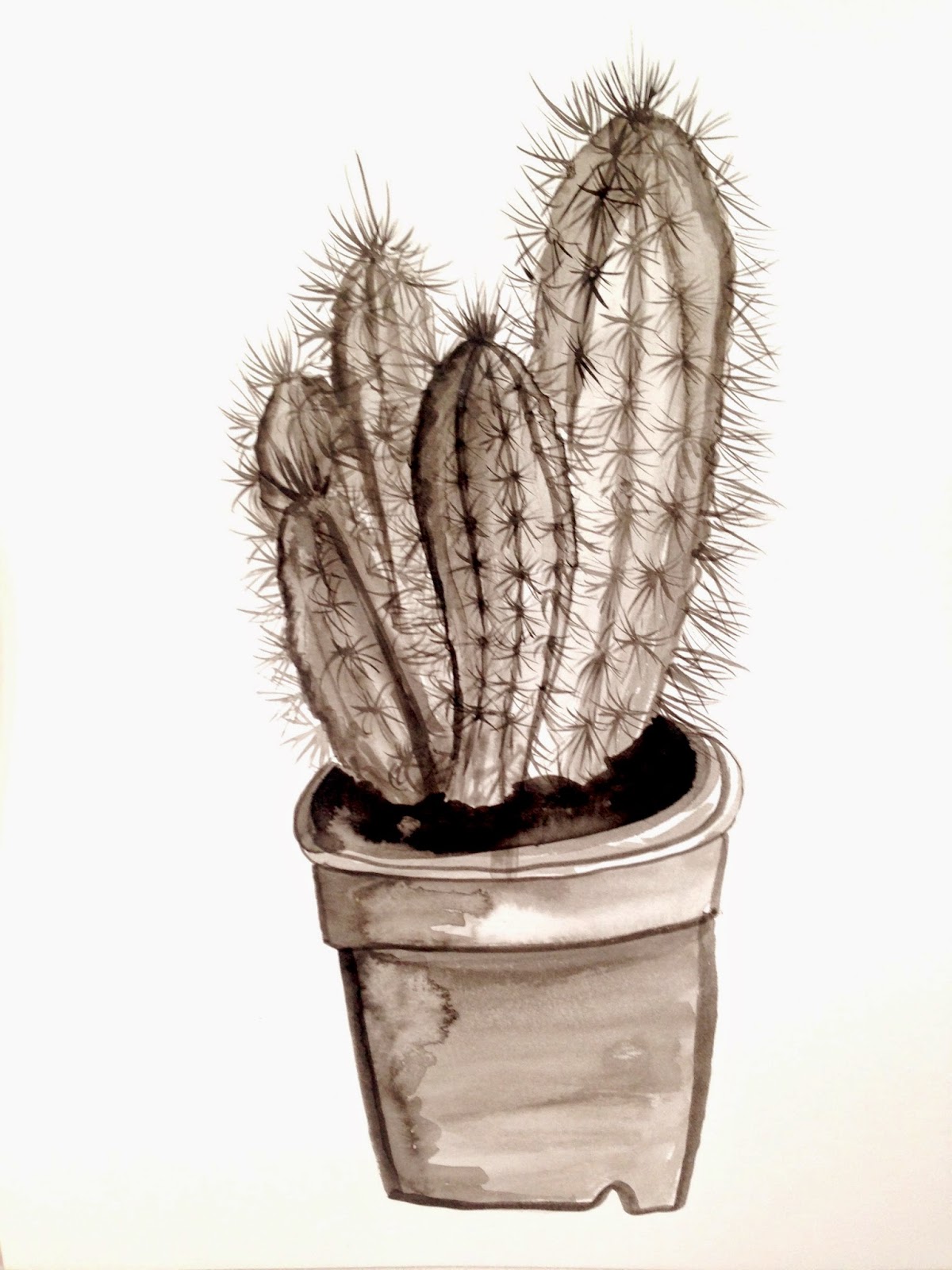Drawing from Reference
Drawing from reference indicates drawing from photos, pictures
and books. When we talk about drawing from reference we have
some source of visual information to inform the drawing. It is
important not to begin a drawing purely from a photograph, but
instead from an idea. Illustration is not drawing from a photograph.
Some artists predominantly draw from photographs in their work.
It is not necessarily a bad thing, they can still portray their
level of skill in drawing and mark making, but this can sometimes
restrict the level of cognitive creativity shown through the image.
Holly Wales is a prime example of an artist who works mainly from
photographs. This work designed to advertise alcohol presents a high
level of skill with the use of felt tip pens, however it does not
present an idea or a structured 'illustration' as such.
David Sparshott is another example of an artist who predominantly
works from photographs. He was commissioned to do a lot of work
for sports magazines, hence working from photographs would be a
more sensible option due to the subject matter being constantly
moving.In this instance working from a 2-D reference would be the best
moving.In this instance working from a 2-D reference would be the best
way to gain the maximum information possible to then produce an
image.
Task and Aims
We were then given the task to produce four drawings from a reference
photograph. I picked up the first book that caught my attention in
the library entitled 'Beavers and Other Rodents'.
Work Made
 |
| Beaver no.1 first observation |
 |
| Beaver no.2 I squinted my eyes and colour mapped the lighter and darker sections. |
 |
| Beaver no.3 Playing around with shape and line density to give a more unique sense of character. |
 |
| Wesley Willis- State Police from the 90's |
Another practitioner who draws from observation is Wesley Willis.
This must have been a difficult piece to draw due to the constantly
moving vehicles, however Willis has used line and strokes in a way
that suggests that the vehicles are moving, for example the direction,
and the forces that they are creating for example friction and gravity.
Task and Aims
We carried out a similar drawing exercise to the first, in which we
had to produce four drawings from viewing a three dimensional object
in front of us.
Work Made
 |
| Cactus no.1 My first cactus drawing was done extremely quickly
using a thick, square brush, gaining a basic
understanding of composition and characteristics,
such as the contours and spines.
|
 |
| Cactus no.2 My second observational drawing of the cactus
is quite the opposite of the first. I spent a
long time paying attention to detail and
observing the density and quality of the
cactus.
|
 |
| Cactus no.3 |
to produce two more drawings, I used a quick
continuous line technique to observe the cactus.
Initial Intentions
To improve my observational drawing skills.
Evaluation of Outcome
Similar to drawing from reference, I gained a better understanding
of the anatomy of the cactus, but this was more interesting as it was
a physical object rather than an image which allowed me to observe it
and draw it from different angles/ see where light reflects and study
it in different ways, which is evident in my work.
Speculative Thinking
To improve my observational drawing skills.
Evaluation of Outcome
Similar to drawing from reference, I gained a better understanding
of the anatomy of the cactus, but this was more interesting as it was
a physical object rather than an image which allowed me to observe it
and draw it from different angles/ see where light reflects and study
it in different ways, which is evident in my work.
Speculative Thinking
Today I have discovered the massive difference between drawing
from reference and drawing from observation. Drawing from
observation is more of a gateway to creating an illustration,
absorbing the 'real world' around both you and the subject
matter, allowing the finished piece to have a greater sense
of depth, understanding and meaning. It is also a very unique
experience with each artist interpreting the subject matter
in entirely different ways to which someone else may do so.
I have also gained a better understanding about how that
drawing merely from a photograph is not an illustration, it is a
drawing from reference.

.jpg)



No comments:
Post a Comment